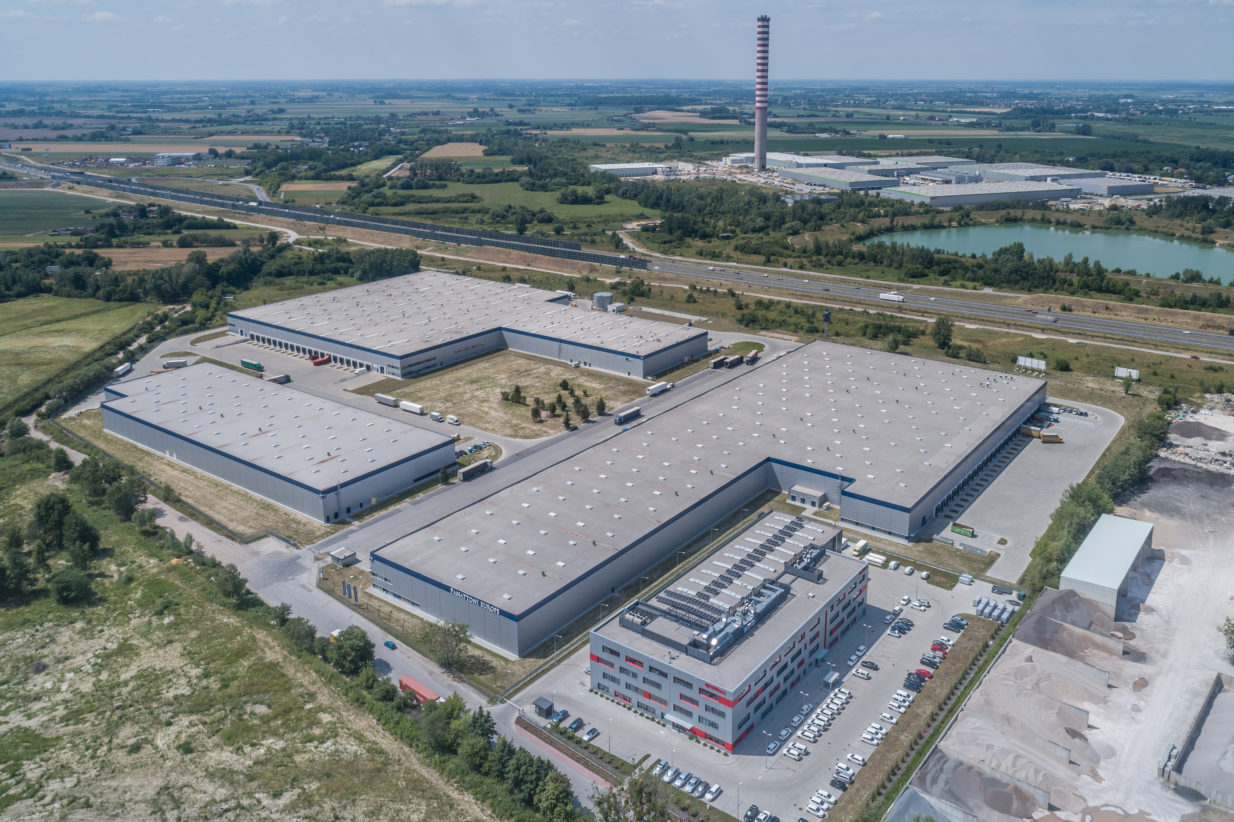Panattoni Park Pruszków Hall A is another warehouse facility in Poland, which has been awarded a green BREEAM certificate at the Good level. Go4Energy is responsible for the investment certification process along with the analysis of the building materials used and thermal comfort. Halls B and C are now waiting in line, which should receive certificates later this year.
Panattoni Park Pruszków II is a project of 3 warehouse halls with a total area of 69 313 m², which will be built on a plot of about 91 500 m². These will be A-class buildings, offering the highest quality of warehouse and office space, tailored to the needs of customers from various industries. The ideal location of the park directly at the junction of the A2 motorway and near the national road number 2 creates optimal conditions for distribution to the central Polish market.
„The investment was developed on a previously developed area, which is additionally scored by BREEAM certification. The remains of the former factory in the form of foundations and hardened surfaces were crushed and reused as a layer strengthening the ground parameters under the designed facilities. Additionally, it should be noted that the implementation of the investment has contributed to the improvement of the ecological value of the plot. The share of green areas in relation to the original land development has been increased, which, apart from the ecologist’s confirmation, is an additional proof of the investor’s care for the reduction of the investment’s impact on the natural environment” – says Piotr Mokrzański, BREEAM International NC Assessor, Senior Project Manager from Go4Energy.
BREEAM certificate
BREEAM (Building Research Establishment Environmental Assessment Methodology) is the UK’s internationally recognised system for the environmental assessment of buildings, which aims to promote good practice in green building. Meeting its requirements is an independent confirmation of the high standard of a building and enables its assessment in terms of its environmental impact and future users.
A building is assessed in terms of various aspects of its operation, ranging from the availability of transport, to the type and method of materials used, the amount of daylight, acoustics, indoor air quality, and energy efficiency. The assessment includes solutions related to environmental management, light energy consumption and carbon dioxide emissions, internal and external factors affecting the comfort of users, impact on air and water pollution, location, green space management, use of materials obtained from legal and local sources, application of solutions limiting water consumption.
